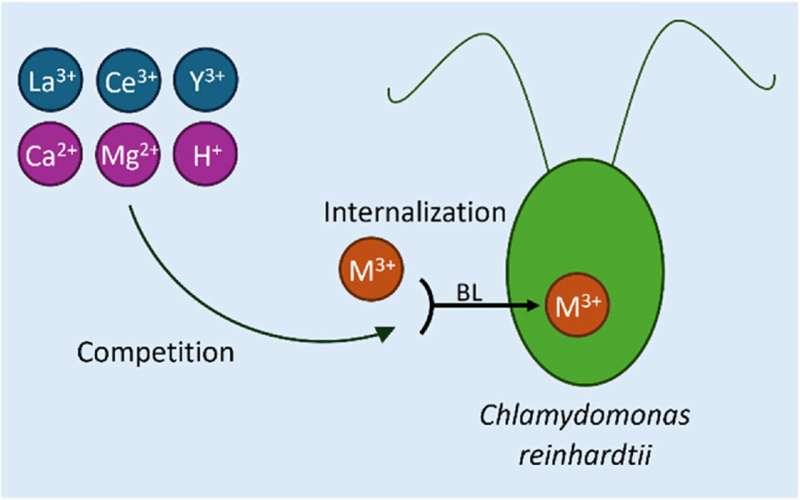In a world increasingly driven by technology, the delicate balance between scientific progress and environmental care has never been more essential. A team of dedicated researchers, led by Professor Kevin Wilkinson at Université de Montréal, is diving into the hidden impacts of extracting rare earth metals. Their heartwarming journey is not just about scientific discovery; it might also reshape our future relationship with nature.
Unveiling the Invisible Trade
As we hold our smartphones or step into electric cars, we may not realize that tiny elements with names like lanthanum, cerium, and yttrium are now power players on the world stage. Used in everything from mobile devices to sustainable energy sources, these rare earth metals have sparked significant global interest and competition, especially between the U.S. and China, which controls a whopping 80% of the market.
However, amid all the geopolitical drama, there’s another narrative unfolding—one that focuses on the environment. What happens to nature when these valuable metals are extracted? That’s precisely the question that sparked Professor Wilkinson and his students, Laurianne Pagé and Marie-Hélène Brunet, into action.
Research in Action
To explore the environmental effects of rare earth metal extraction, the team headed to the Nechalacho mine near Yellowknife, a prominent mining site in Canada. Here, in partnership with Environment and Climate Change Canada, they studied how these metals interact with a microscopic alga known as Chlamydomonas reinhardtii. This little green powerhouse has been a mainstay in various research labs for years, thanks to its fully sequenced genome, which provides insights into how organisms absorb metals.
Professor Wilkinson expressed excitement over the long-standing collaboration with this algae, viewing it as a window into the environmental impacts of mining. “It’s fascinating to investigate how even small organisms can reveal larger patterns in our ecosystems,” he said.
A Surprising Discovery
What they found was truly unexpected. The presence of multiple rare earth metals actually reduced the amount absorbed by the algae. Rather than accumulating in harmful ways, these metals seemed to compete with one another, limiting their uptake. “It’s encouraging to see that the outcome was less toxic than we feared,” Wilkinson noted. “In some sense, they’re working against each other in a way that helps the algae.”

The Natural Safeguard
Another exciting find was the role of naturally occurring ions in water, like calcium and magnesium, which seemed to act as a protective shield against metal absorption. The team’s experiments revealed that even moderate levels of calcium could drastically decrease how much metal the algae took in. In regions where the calcium concentration is significantly higher compared to rare earth metals, such as around certain mines, this protective effect could prove critical.
However, the situation varies by location. In Quebec, where freshwater generally has lower calcium levels, the risk of pollution from metal extraction is elevated. “The harder the water, the better the natural protection,” Wilkinson explained, pointing to past experiences with acid rain that highlighted these discrepancies.
The Bigger Picture
Mining for rare earth metals involves crushing rocks, which can release a range of other contaminants into the environment. As extraction efforts ramp up in Canada, research like Wilkinson’s is vital to understand the broader ramifications on ecosystems. His work is part of a national examination involving several research teams focused on both laboratory and field studies to comprehensively tackle this complex issue.
“We need to find a balance,” Wilkinson emphasized. “Our society requires these metals for green technologies, but if we’re not aware of their environmental impacts, we might inadvertently cause new problems while trying to solve old ones.”
This earnest dedication to uncovering the truths behind rare earth metals is what makes this research extraordinary. It serves as a reminder that the path to sustainability is a journey filled with ongoing discovery and collaboration.
More information:
Laurianne Pagé et al, Competitive interactions among the rare earth metals (lanthanum, cerium, and yttrium) lead to quantitative decreases in biouptake by Chlamydomonas reinhardtii, Environmental Pollution (2025). DOI: 10.1016/j.envpol.2025.126170
If you would like to see similar science posts like this, click here & share this article with your friends!

